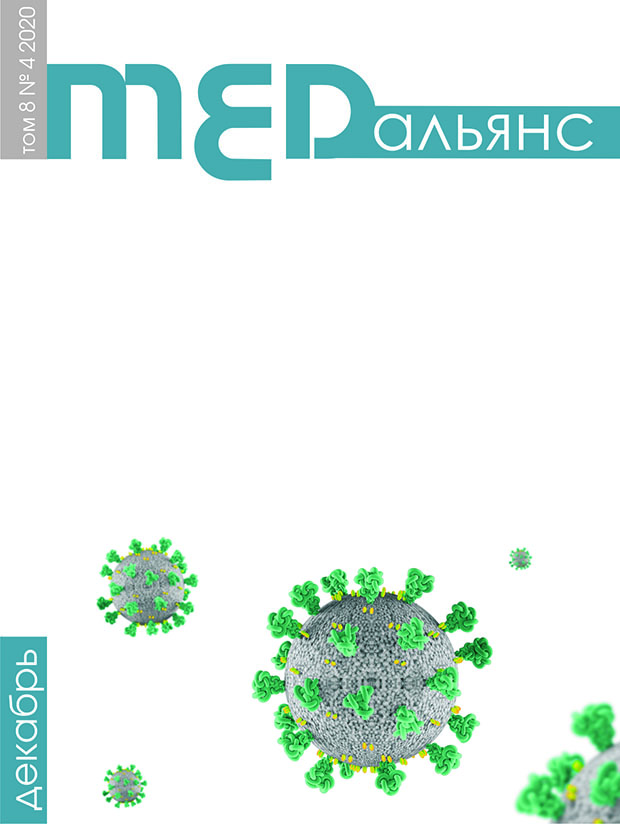Abstract
Difficulties in diagnosing tuberculous spondylitis are caused by the rarity of the pathology, and blurred clinical and laboratory presentation. The correct diagnosis can take several months, since pain is often interpreted as a degenerative process. Spondylitis should be assumed in patients with back pain resistant to conservative treatment methods, it may be accompanied by neurological disorders, fever, and increased laboratory indicators of inflammation. Radiodiagnostic methods can reveal the presence of destruction, its localization, distribution, and the degree of involvement of the surrounding soft tissues. To confirm the etiology of the process, morphological study of the biopsy or surgical samples is needed, as well as pathogen verification by bacteriological and/or molecular genetic methods. Only after making a definite diagnosis, it is possible to choose the most appropriate treatment algorithm for the patient.

